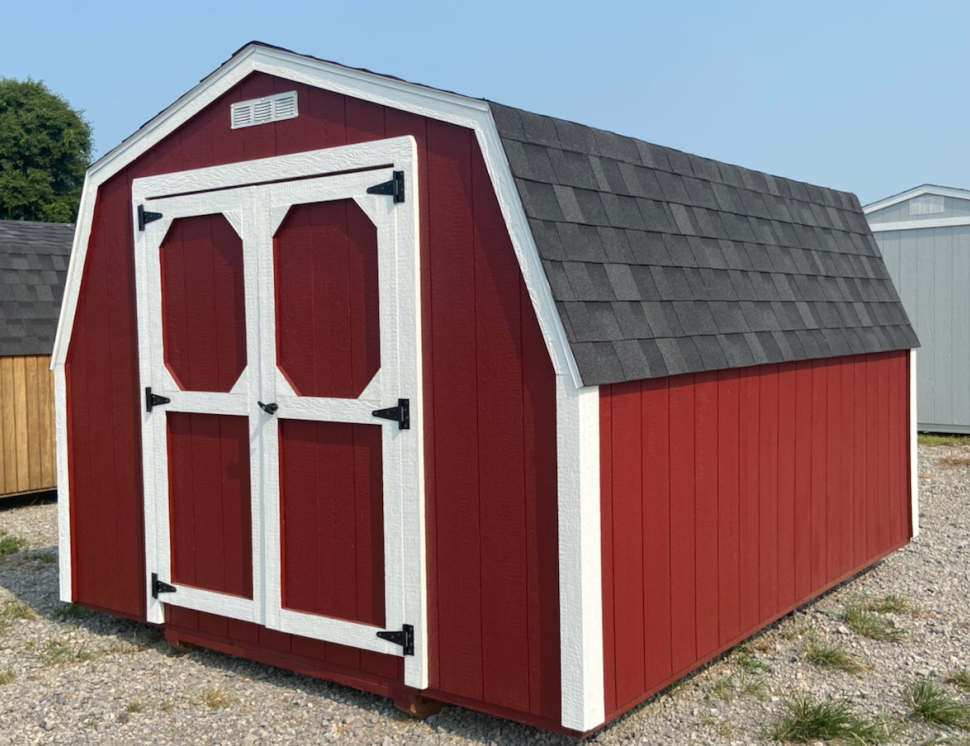Adding a hay loft to a barn is a great way to create more storage without sacrificing horse space. It can be convenient to have hay and other bulky items stored above, and once it is up there, they can remain until needed. However, there are some drawbacks to this type of storage, such as the time and effort it takes to get items up there, as well as the potential for damage from weather or pests.
Today, we’re going to discuss the pros and cons of hay/storage lofts and more to help you make the right decision when it comes to upgrading your barn:
The Pros of Hay/Storage Lofts
A hay loft eliminates the need to lug hay bales up and down the barn’s stairs – a task that can be both physically and mentally draining. Having a hay loft allows horse owners to quickly and conveniently deliver hay to each stall from one location. With a hay loft, hay is thrown down from the loft into the stalls below. This saves time and energy and can make feeding time a much smoother process.
Additionally, adding a loft to a barn is an efficient way to use its space. Lofts are not typically found in barns with horses, but there are some barns in urban areas that have ramps to access the upper level. If there is not enough space on the property to add more storage, a loft with stairs or a ladder can provide extra room for items such as horse blankets and garden tools.
The Cons of Hay/Storage Lofts
Storing hay above horses’ stalls and working spaces can create a lot of dust. Even the best hay can leave behind broken stalks and seeds. To make matters worse, throwing hay down from a loft can cause dust to float in the air, which can be an irritant or cause harm to your horse’s mucous membranes. As such, before adding a hay loft to your barn plans, it’s important to consider the potential dust issue.
Also, storing hay can bring with it a high risk of fire. The heat created by the decomposition of hay can lead to combustion, and the hay itself is a major fuel source for any blaze. The best approach is to keep the hay fresh and free from mold and pay attention to maintaining any electrical connections in the barn. It’s important to ensure proper safety procedures are taken from when the hay is harvested until it is fed to the horses.
Finally, by building a loft in a barn, you may reduce the amount of airflow and light that can reach the lower levels. Since the space between the rafters is taken up, you won’t be able to get the same amount of ventilation as you had before. If the loft were meant to let in additional light, you’d need to install additional lighting fixtures since the windows in the higher portion of the roof will no longer be there.
Conclusion
Adding a loft to your barn may be the perfect solution for your unique requirements and needs. It can be the most space-saving and cost-efficient choice. But, before deciding on this, be sure to speak to a professional who can advise on the best design, one which won’t sacrifice light, air circulation, and, most importantly, safety. That way, you can maximize the pros of having a loft in your barn while minimizing the cons that come along with it!
Allen Portable Buildings, Inc. are manufacturers of storage buildings that are strong, durable, and portable. If you want to build a barn in Arkansas, contact us today!

